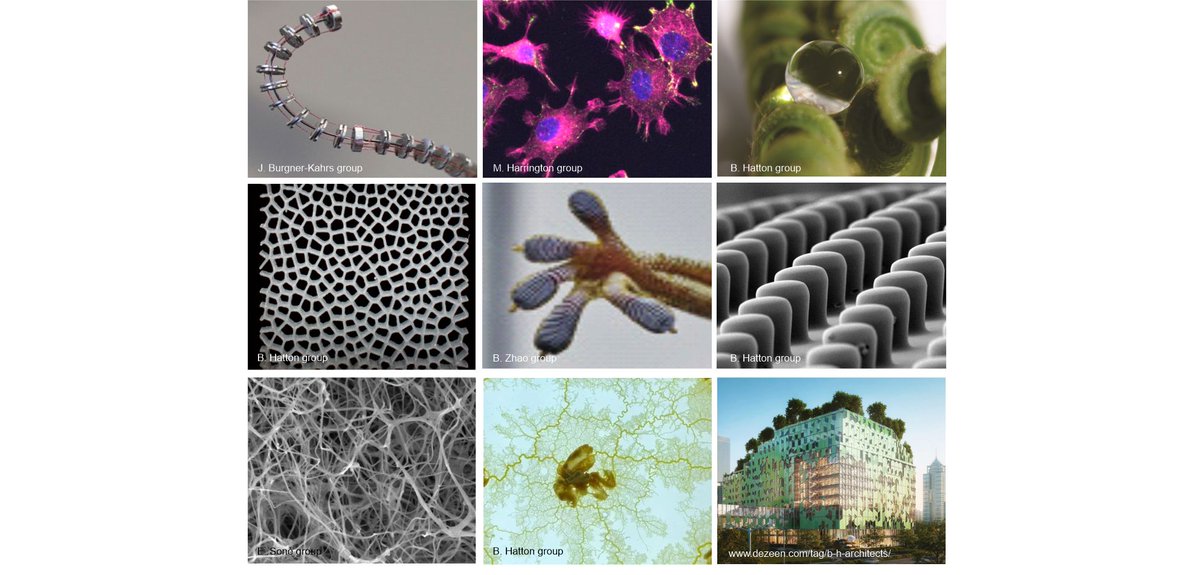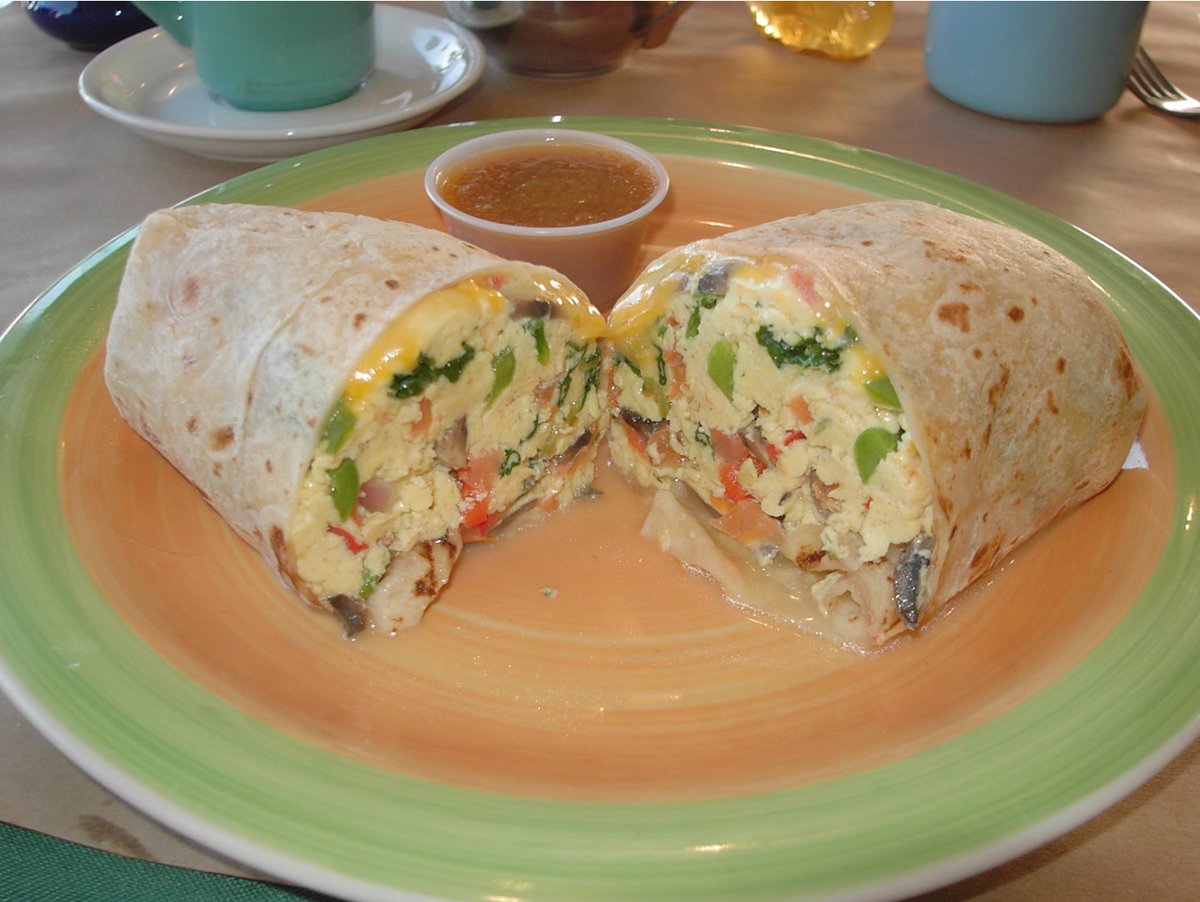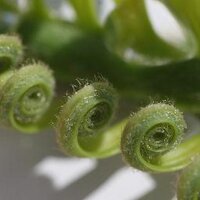
Ben Hatton
@hattonlab
Associate Professor at the University of Toronto, Bio-inspired Materials and Design Group, Dept. of Materials Science & Engineering
ID: 875272670
http://www.hattonlab.org 12-10-2012 09:31:39
263 Tweet
235 Followers
432 Following




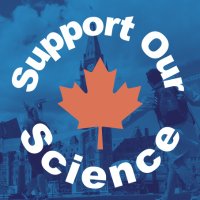

A new study led by U of T Materials Eng Professor Ben Hatton reveals the potential for infections associated with bendable and implantable medical devices 🦠: uofteng.ca/4S45kh
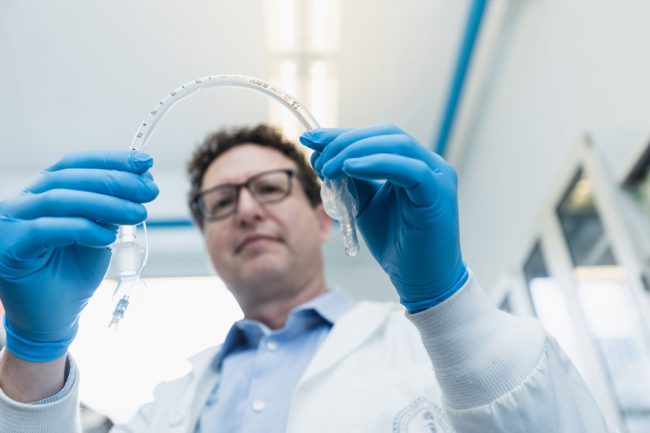



Up next, Ben Hatton PhD student Desmond van den Berg brings us a talk about antimicrobial surface design to reduce fomite contamination and transmission, an important source of hospital-acquired infections. #IDMicro2023
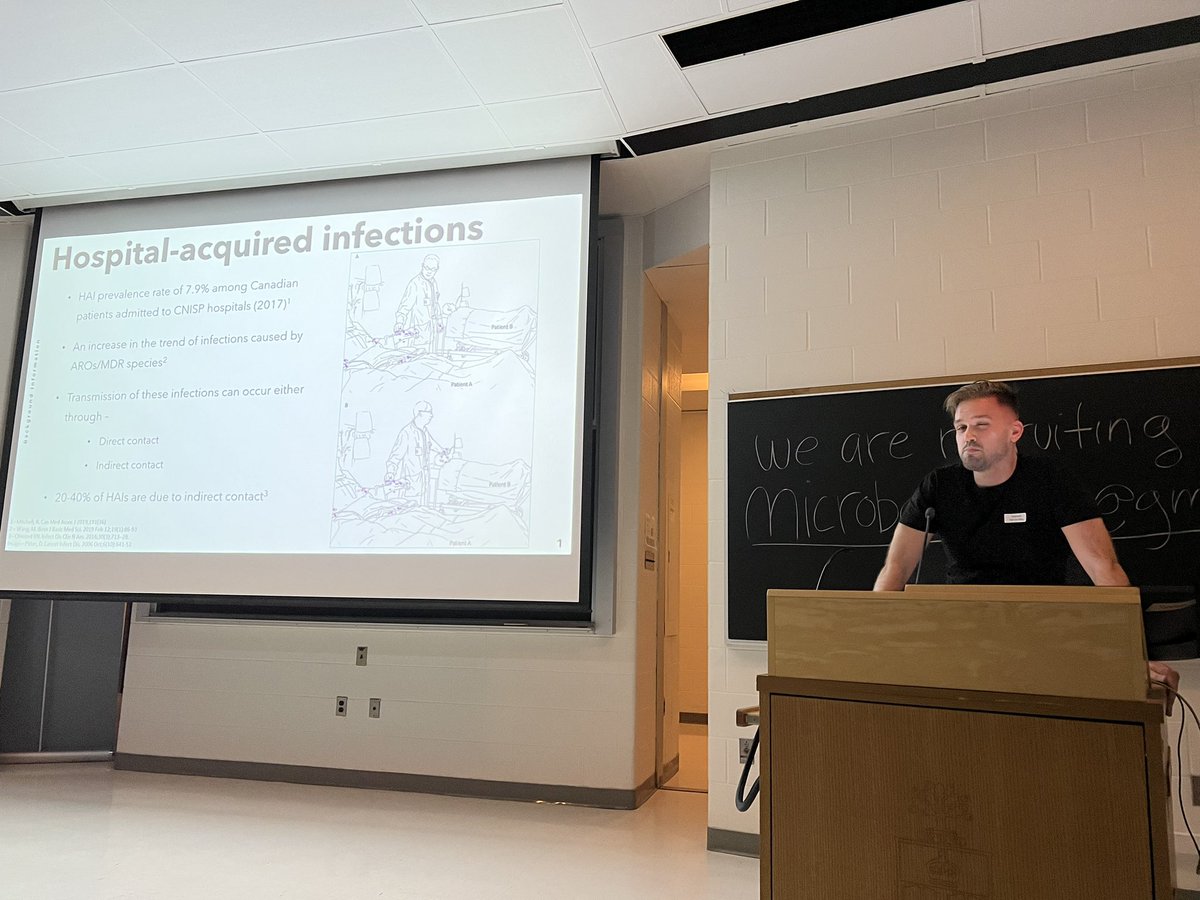

Excited to share the first microarray microneedle patches (MAPs) designed at Stanford University and printed on Carbon’s first high resolution “S2 Printer” that was recently installed in the DeSimone Research Group! This printer has a projected Pixel Size of 5.4 microns and a Build Area of 15.3 mm
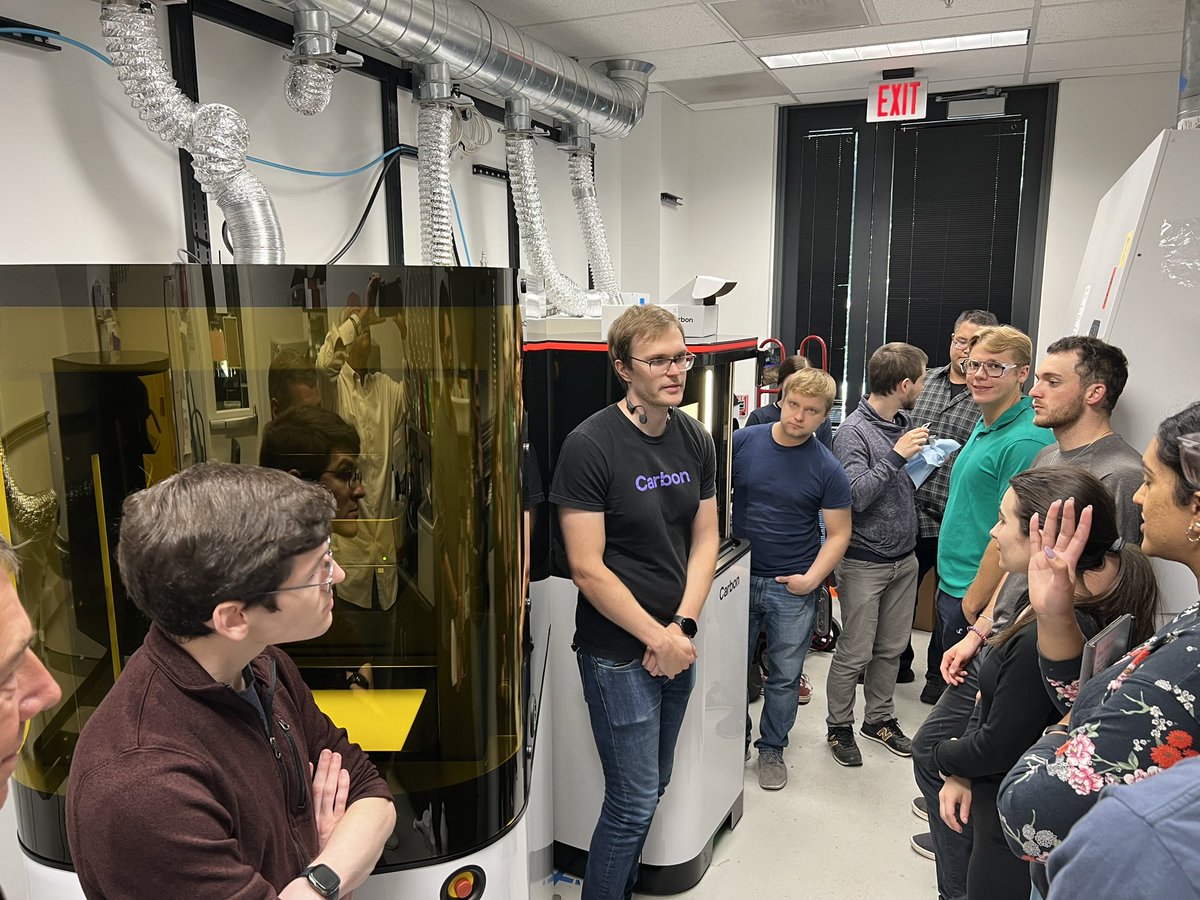


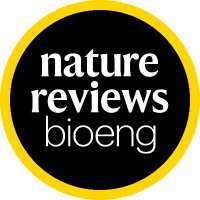
Continuous physiological monitoring is an essential aspect of modern healthcare. In their new Review, John Rogers et al discuss the translation of skin-interfaced wireless biosensors for perinatal and paediatric health Northwestern Engineering nature.com/articles/s4422…




A new study from University of Toronto researchers has uncovered how the gut microbiome boosts immune development and protects against pathogens. Read more about this exciting work from Arthur Mortha (Arthur Mortha) and new PhD grad Pailin Chiaranunt (Pailin Chiaranunt): bit.ly/3LCYRfi
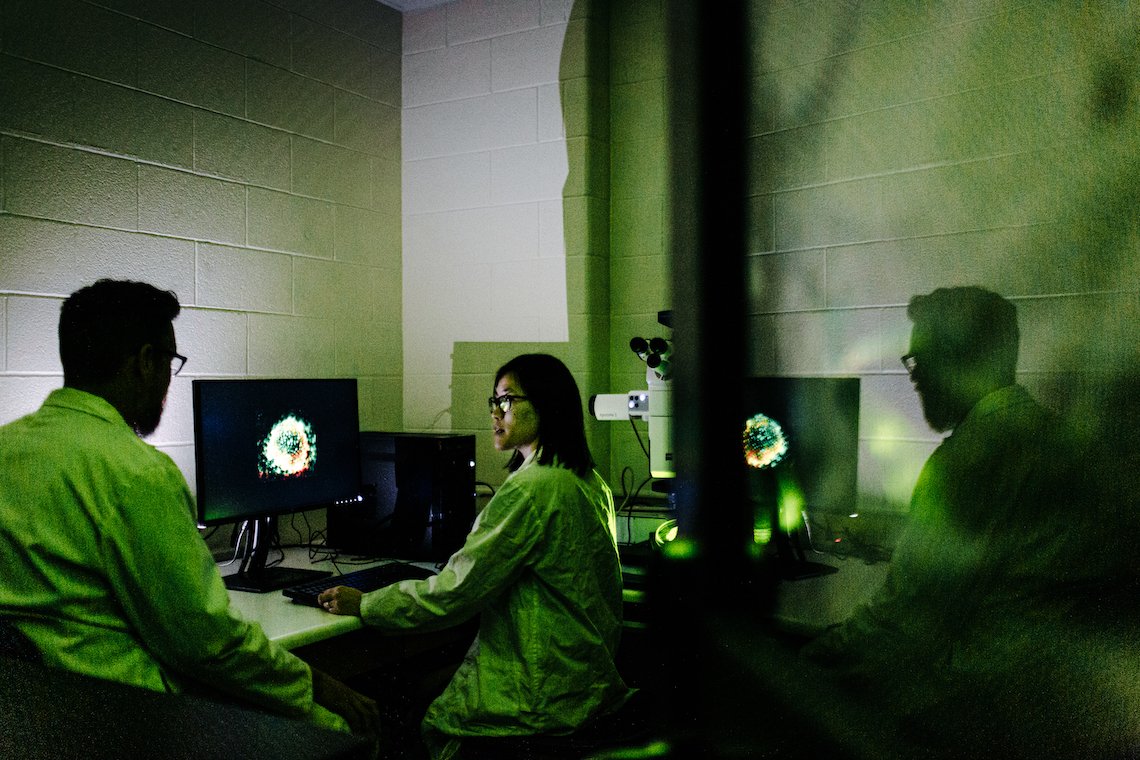


We're organizing a free, 1-day meeting on Bio-inspired Materials and Design at UofT. Speakers from robotics, materials science, biomaterials, urban design and architecture. Registration at: eventbrite.ca/e/bio-inspired… University of Toronto U of T Materials Eng
